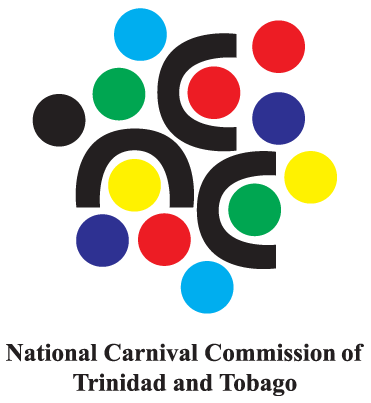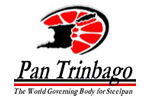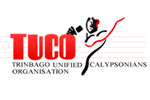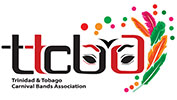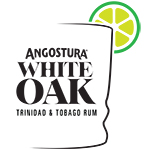History of the Steelpan
The story of the Steel band has developed into a legend where fact and fantasy have been interwoven. Various claims and counter claims have shrouded the birth and earliest development of the Steelband in a web of mystery. The development started from 1935-1945 and its was during this period that the Tamboo Bamboo and metal bands underwent a radical transformation.
These bands provided the medium for the dispossessed descendants of the African slaves to pursue their love of music and rhythm. They were chiefly identified with the street parades of the annual Carnival Celebrations, where the strongest influences were of the French Cerole and African traditions.
The Tamboo Bamboo bands consisted of pieces of bamboo cut to different lengths so that a variety of pitches could be obtained. These provided the rhythm for a percussion band, which was accompanied by a chant, usually a call and answer refrain.
Around 1935 some of these bands began using metal containers as substitutes for the bamboo instruments. The accidental discovery was made that a change of pitch occurred when surfaces of these metal containers were hammered and stretched. The young innovators experimented feverishly and soon the “first pan” or “ping pong” appeared with sufficient notes to carry a simple melody.
With the end of the war, the rival bands of Port of Spain ghettos took to the streets to celebrate V.E. and V.J days and to introduce to the world a new, exciting and exotic sound. Further experiments through the years, resulted in the development of a full range of instruments of the Steel Orchestra, as we know them today. ( Excerpts from document produced by Pan Trinbago.









